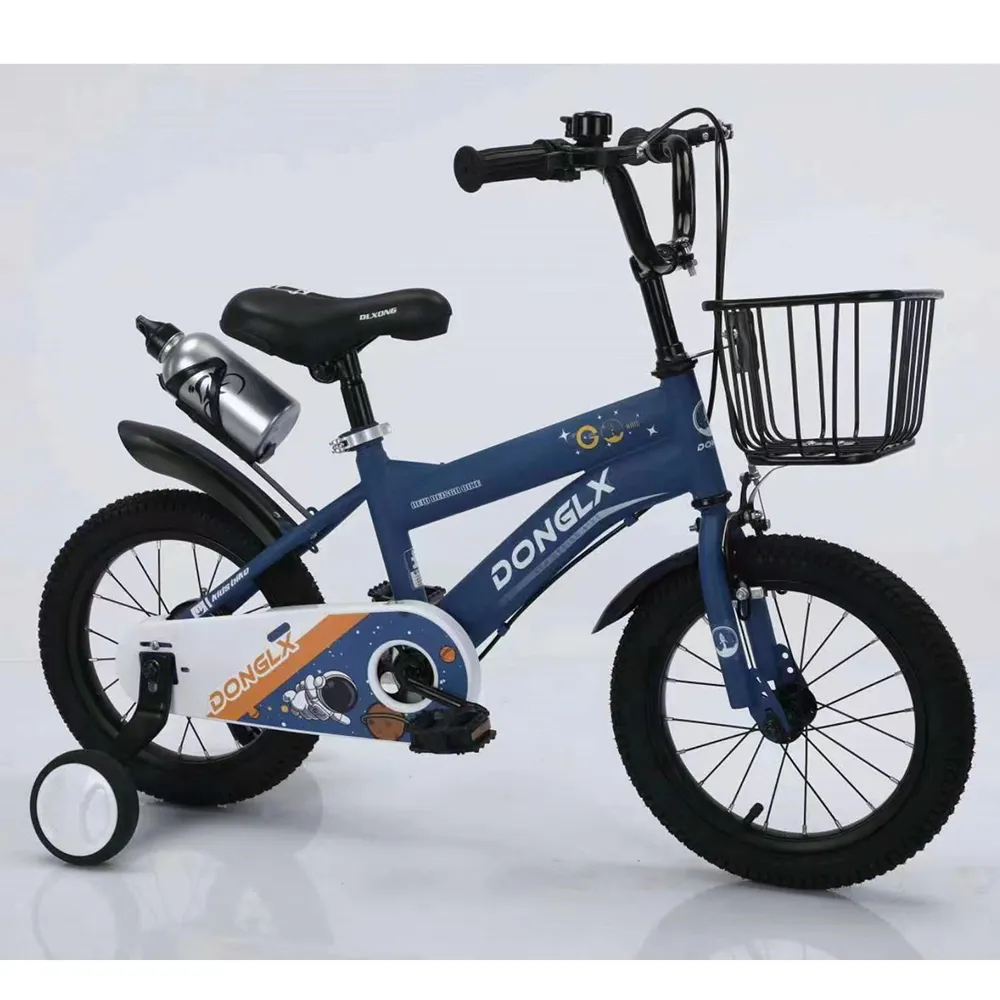mountain bike and road bike difference
Understanding the Differences Between Mountain Bikes and Road Bikes
When it comes to cycling, one of the most common questions for enthusiasts, beginners, and anyone looking to invest in a bike is what is the difference between a mountain bike and a road bike? Both types have their unique features, design, and intended use cases, making them suitable for different types of riding conditions and terrains. In this article, we will explore the primary differences between mountain bikes and road bikes to help you make an informed decision about which one suits your needs best.
1. Design and Geometry
The most noticeable difference between mountain bikes and road bikes is their design and geometry. Mountain bikes are built to handle rough terrains, with a sturdy frame, wide tires, and a relaxed geometry that allows for better control and stability on uneven surfaces. The upright seating position on mountain bikes enables riders to navigate obstacles such as rocks and roots effectively.
Conversely, road bikes are designed for speed and efficiency on smooth pavement. They feature a lightweight frame, narrow tires, and a more aggressive riding position. The geometry of a road bike promotes aerodynamics and minimizes wind resistance, making it ideal for long-distance rides on flat surfaces.
2. Tires and Traction
Tires are another significant differentiation between these two bike categories. Mountain bikes come equipped with wide, knobby tires that provide excellent traction on rough and slippery surfaces, allowing cyclists to navigate challenging trails. The extra thickness assists in absorbing shocks from bumps, which is crucial while riding off-road.
Road bikes, on the other hand, have narrow tires with a smoother tread pattern designed for reduced rolling resistance on paved roads. These tires are lighter and help the bike achieve higher speeds but provide minimal traction on loose or uneven surfaces. If you plan to ride mostly on roads, the design of road bike tires will enhance your riding experience.
3. Suspension Systems
Mountain bikes are often equipped with suspension systems that absorb shocks from uneven terrain. This can be in the form of a hardtail design (with front suspension) or a full-suspension system (with both front and rear suspension). These systems are essential for maintaining control and comfort while riding on trails, as they help to smooth out the ride over bumps and obstacles.
mountain bike and road bike difference

Road bikes typically do not have suspension systems because they are designed for smooth surfaces. The absence of suspension contributes to their lightweight design, allowing for increased speed and efficiency. However, some endurance road bikes may incorporate a small degree of compliance in their frames to enhance comfort on longer rides.
4. Gear Ratios
The gearing systems on mountain bikes and road bikes are tailored for their specific purposes. Mountain bikes often have a wider range of gears to accommodate steep climbs and varying terrain. They provide lower gear ratios, making it easier for riders to navigate steep hills and rugged trails.
Road bikes, conversely, usually focus on higher gear ratios to allow for efficient pedaling at speed on flat roads. Riders can achieve greater speeds with fewer pedal revolutions. The gearing complements the aerodynamic design of road bikes and emphasizes performance on paved surfaces.
5. Riding Styles and Uses
Ultimately, the choice between a mountain bike and a road bike often comes down to your riding style and intended use. If you enjoy off-road biking, exploring trails, and tackling challenging terrains, a mountain bike is likely the best option. These bikes are built to handle the rigors of biking through forests, mountains, and rough pathways.
On the other hand, if your main focus is on road cycling, commuting, or participating in long-distance cycling events on asphalt, a road bike will meet your needs better. Road bikes excel in speed and efficiency on pavement and are designed for cyclists who prioritize performance and distance.
Conclusion
In summary, the differences between mountain bikes and road bikes are substantial, ranging from design and tire types to riding style and intended use. By understanding these differences, you can make a more informed choice that aligns with your cycling goals. Whether you choose the robust mountain bike for off-road adventures or the sleek road bike for high-speed rides, the important thing is that you enjoy the ride!
-
kids-scooter-tiny-olympic-games-scooterathlonNewsAug.22,2025
-
kids-scooter-waves-xingtai-zhongzhous-global-rippleNewsAug.22,2025
-
baby-tricycle-oem-legacy-zhongzhou-forgedNewsAug.22,2025
-
xingtais-twin-tricycle-revolution-siblings-ride-togetherNewsAug.22,2025
-
baby-tricycle-design-inspired-by-ancient-armorNewsAug.22,2025
-
nfc-chip-enabled-oem-baby-tricycle-trackingNewsAug.22,2025
-
The Perfect Baby TricycleNewsAug.11,2025








